Seeing two top players in Super Smash Bros. battle it out is nothing short of a Dragon Ball Z-esque spectacle. Each player is constantly risking death, jumping far beyond the boundaries of the stage, just to make sure their opponent doesn’t make it back. A decade ago, matches were slower, techniques weren’t yet discovered, and play styles were less refined. But as the years went on, the intensity grew greater.
In 2016, 15 years after the game’s release, tournaments like Genesis 3 are garnering more than 100,000 viewers. A single tournament’s prize money will hit $25,000. This extraordinary start to 2016 is thanks to what happened last year, easily one of the biggest years in Smash history. Smash will be forever changed based on what happened in 2015. The metagame reached laser-focus precision and sponsors poured more money and resources into the game. This stopped being just a party game a long time ago.
After Apex in January 2015, it was clear that Smash was going to be vastly different from 2014. Players gained thousands of new followers on social media and video outlets. Evo had almost 1,900 Super Smash Bros. Melee entrants, with just as many for Super Smash Bros for Wii U (more commonly known as Smash 4). Compare that to 2014, where Melee had 970 entrants, almost half the number of 2015. Tournaments like Apex and The Big House also saw big increases from 2014, with a 64 percent and 129 percent increase respectively.
Larger turnouts last year also meant larger prize pots. It seemed that every other week there was a major Smash tournament, with each one offering more money and amassing more competitors than the next. SmashBoards, the largest Super Smash Bros. forum on the internet, compiled total Smash prize money from all tournaments posted on the site in 2015. It found that tournaments doled out $836,000, a massive increase from 2014’s $274,360.
And where there’s money, there are professional teams ready to sponsor top players. Team Liquid’s player manager, Brittany Lattanzio, noticed “more pro teams pick[ing] up players, which builds interest in the scene, and solidifies a lot of rivalries.” This included Team SoloMid picking up both William “Leffen” Hjelte and Gonzalo “Zero” Barrios. Not to be outdone, long-time rival Counter Logic Gaming picked up both Kevin “PewPewU” Toy and Zachary “SFAT” Cordoni. Tempo Storm also entered the scene by acquiring both Jeffrey “Axe” Williamson and Weston “Westballz” Dennis, and Winterfox picked up DaJuan “Shroomed” McDaniel.
With the increased attention came a higher caliber of play. More players outside of the top six made major upsets. In 2013, it was rare seeing sets between Cloud 9’s Joseph “Mang0” Marquez and Alliance’s Adam “Armada” Lindgren. Daniel “Tafokints” Lee, a Smash analyst for Melee it on Me, noted that high caliber matchups happened more often in 2015. This, of course, led to more social media activity and more hype. On more than one occasion tournaments broke more than 100,000 concurrent viewers on Twitch.
As Smash continued to get ever more popular, Twitch put more of its weight behind the scene. It sponsored more tournaments and often featured Smash on its front page. The streaming giant hired personalities like D’Ron “D1” Maingrette, Arian “Blur” Fathieh, and Kris “Toph” Aldenderfer as Smash Ambassadors in 2015. All three helped organize, commentate, and galvanize the community around players and tournaments.
About halfway through 2015, players like Hjelte, Dennis, and Panda Global’s Justin “Plup” McGrath had commendable performances. Hjelte, in particular, completely ruled the Summer of Smash, taking first at CEO 2015, FC Return, WTFox, and Super Smash Con. His reign was sadly cut short due to visa complications, which still remains an issue that Team SoloMid is trying to resolve.
But the real surprise of 2015, at least for Lee, was how much Marquez fell off. The year before was exemplary for the Cloud9 player, as he took MLG, Evo, and The Big House seemingly out of nowhere. Some have attributed Marquez’s poor 2015 showing to being slow to adapt to a more refined style of play put forward by the Swedes.
Because Melee was released in 2001, it will never receive updates. Players must push what’s already there to its absolute limit. As exploits have been found to push the game to ludicrous levels of speed, competing with the best takes tremendous time and energy. We’re seeing younger players start to usurp veterans simply by being able to outperform them in technical skill. Now, we’re also starting to see the advantages a strong sponsorship can bring to players that make Smash their full time career.
Antonio Javier is the head of Talent Logistics for GoodGame Agency, and is therefore in charge of both Evil Geniuses’ Kevin “PPMD” Nanney and Alliance’s Adam “Armada” Lindgren. He has had to juggle each player’s demands and needs to keep them performing optimally. For much of 2014, Nanney was absent, battling depression and requiring a special type of assistance from Javier. But early into 2015, out of nowhere, Nanney returned to take first at Apex, beating the likes of Toy, Hjelte, and Lindgren.
Lindgren was undoubtedly the champion of Melee in 2015, taking first at 15 tournaments, including Evo, DreamHack London, and Smash Summit. For Javier, Lindgren was the total opposite to Nanney. He was “someone that I needed to just get in front of competition,” to ensure that he was “competing at a comfortable level.” This meant that “if he and I were both at an event, I wanted to make sure he was getting everything he needed—from Monsters to hand warmers.”
Probably the most noticeable hands-on role came from Team Liquid this past December at DreamHack Winter in Jönköping, Sweden. To prepare Juan “Hungrybox” Debiedma, the organization brought on Luis “Captain Crunch” Rosias to coach the world’s best Jigglypuff. This involved picking up a PAL version of Melee to study the play styles of top European rivals Hjelte and Lindgren.
During the DreamHack Winter stream, viewers noticed Rosias sitting next to Debiedma during his grand finals set against Lindgren. Debiedma would often turn to Rosias after matches to discuss what should be done to take on the best Melee player in the world. It seems that the live coaching helped, as Debiedma won the event in an intense and emotional set. This prompted some questioning from people online about the legality of onsite coaching. But considering that other esports like Counter-Strike allow a coach alongside players, it will most likely be a non-issue in the future.
Fans of Super Smash Bros. are expecting more intense tournaments and even larger turnouts this year. Javier feels that Lindgren has a big target on his back and is currently working on ensuring his momentum can be maintained. Considering Debiedma’s win against Lindgren at DreamHack Winter, player manager Lattanzio feels that Team Liquid will try to halt Lindgren’s momentum via coaching for the Jigglypuff main.
But behind the scenes, Lee believes the real thing to pay attention to will be fatigue and mindset. “Mental fortitude is one of the most underexplored aspects of Smash. With larger tournaments happening frequently, top players need to find a balance of rest to perform at a top level.”
Last year was an extraordinary year for Smash, and 2016 is looking to be even bigger. The added excitement and anticipation from fans means that there will be more pressure for top players to perform. And with a game as fast and intense as Smash, having two titans battle it out on technical skill alone might not be enough to give either the winning edge. Seeing which players maintain balance, poise, and mental preparedness will most likely be the key differentiating factor between the very best.
Screengrab via JonGodGames/YouTube | Remix by Jason Reed



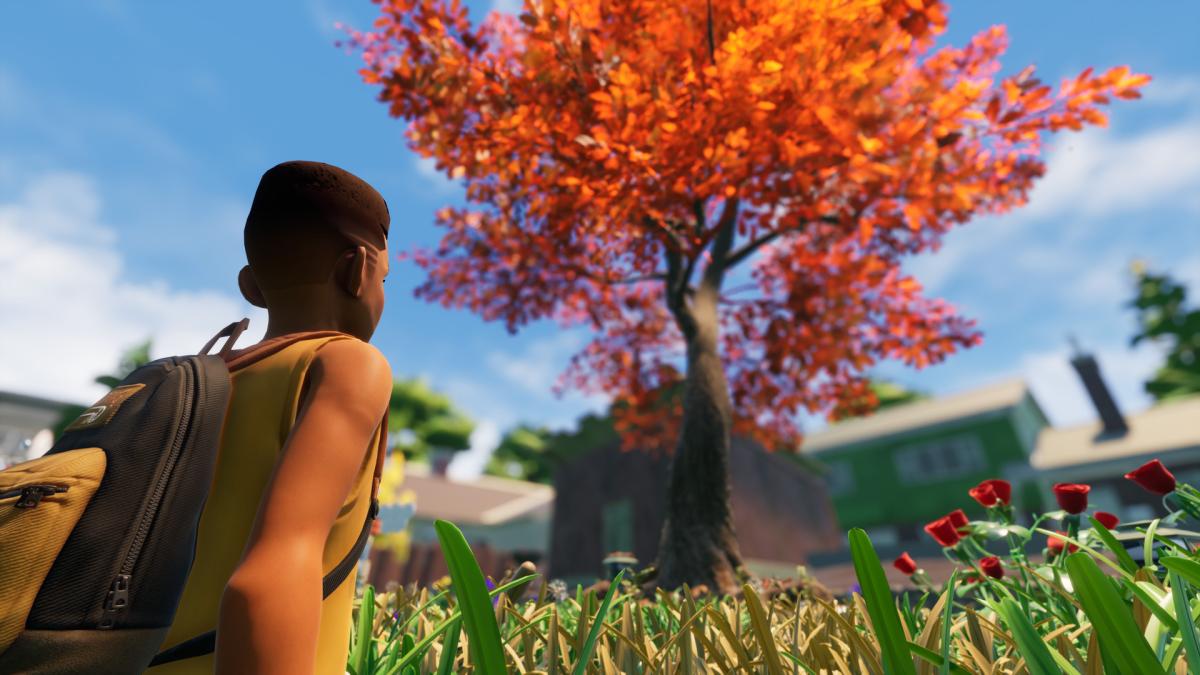
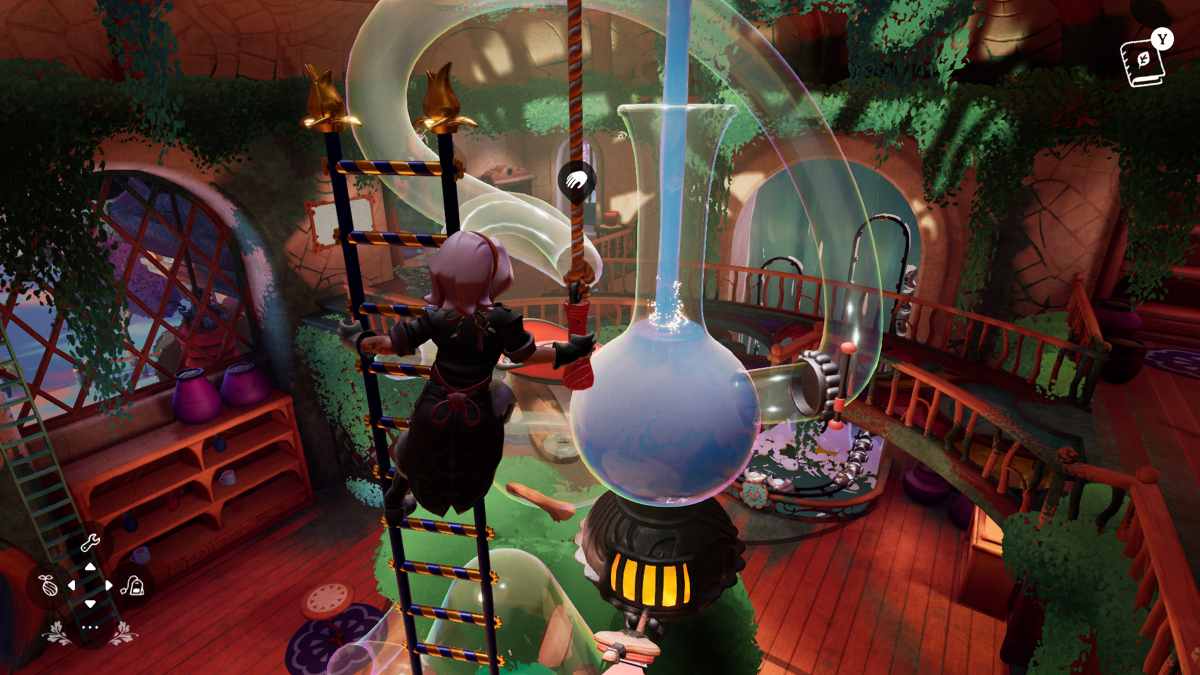
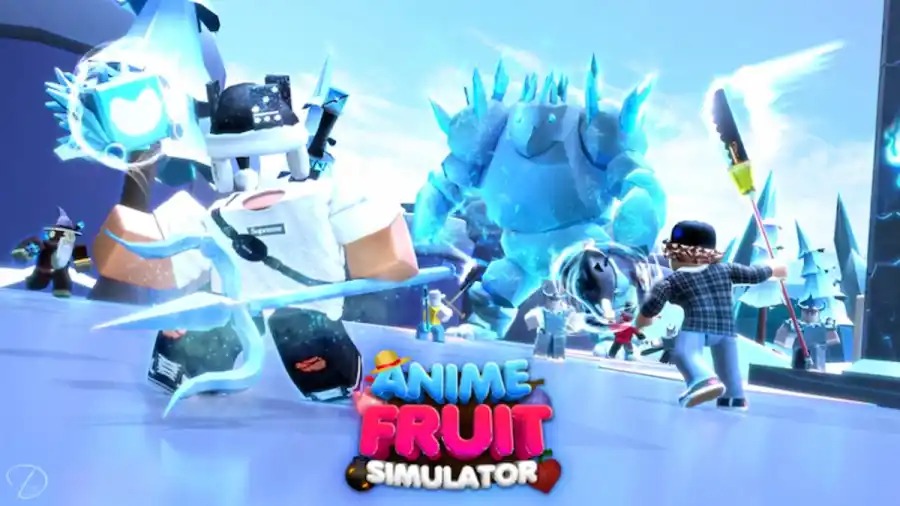
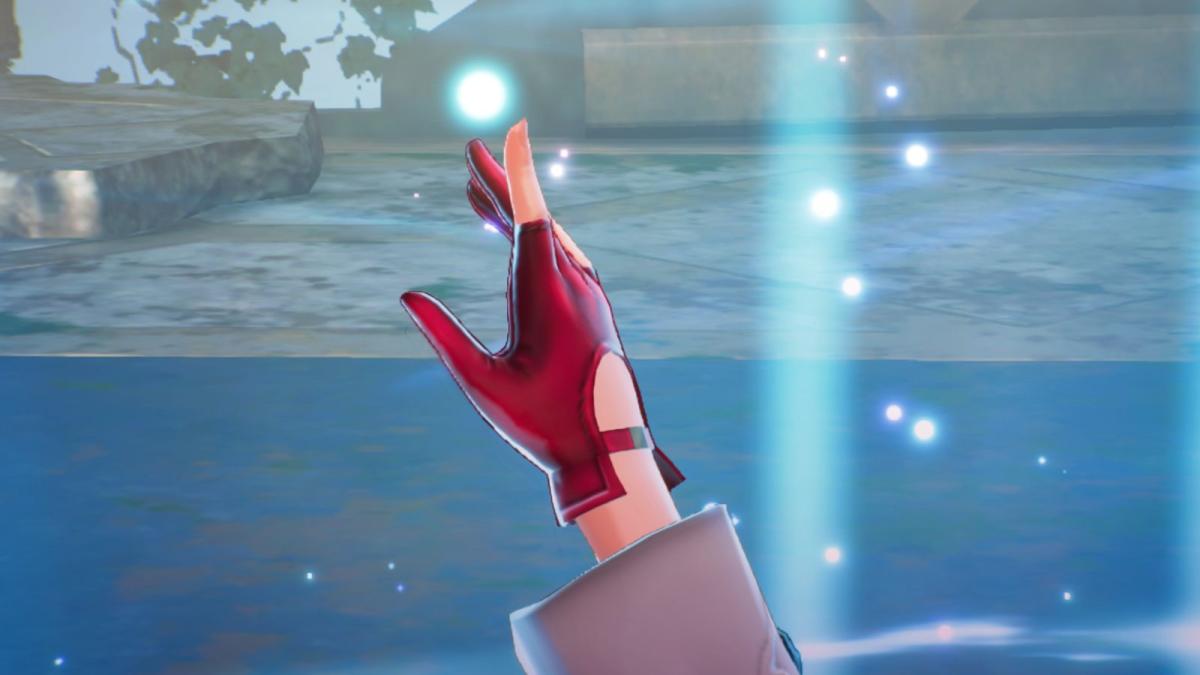
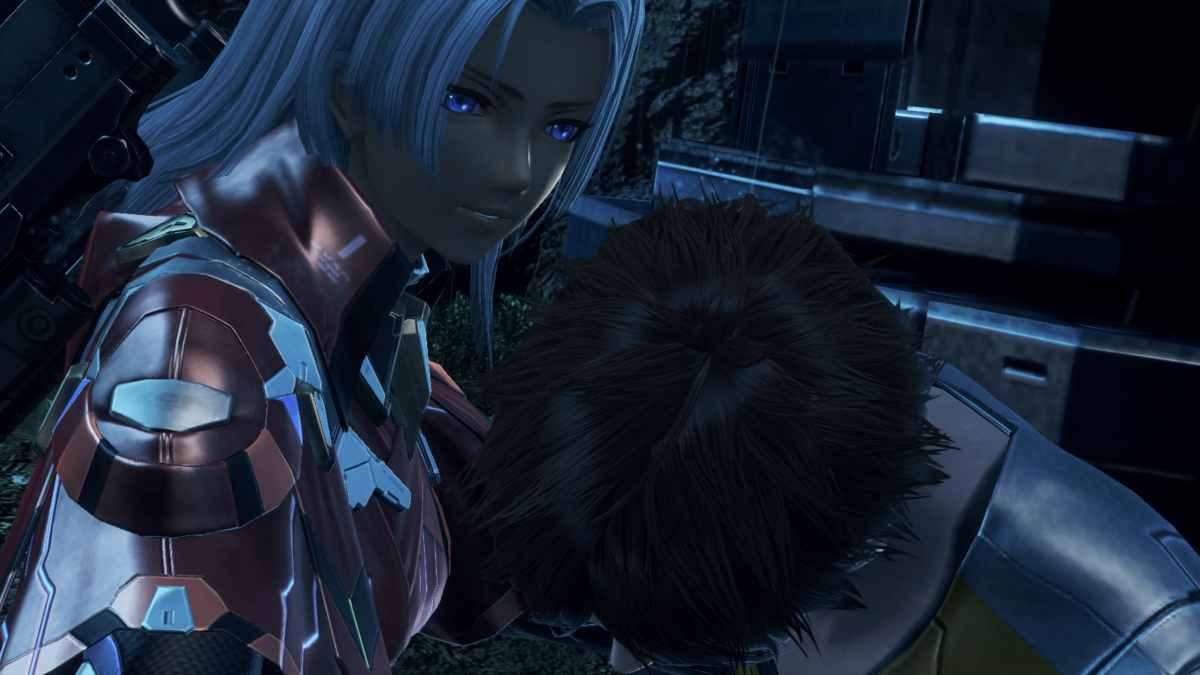
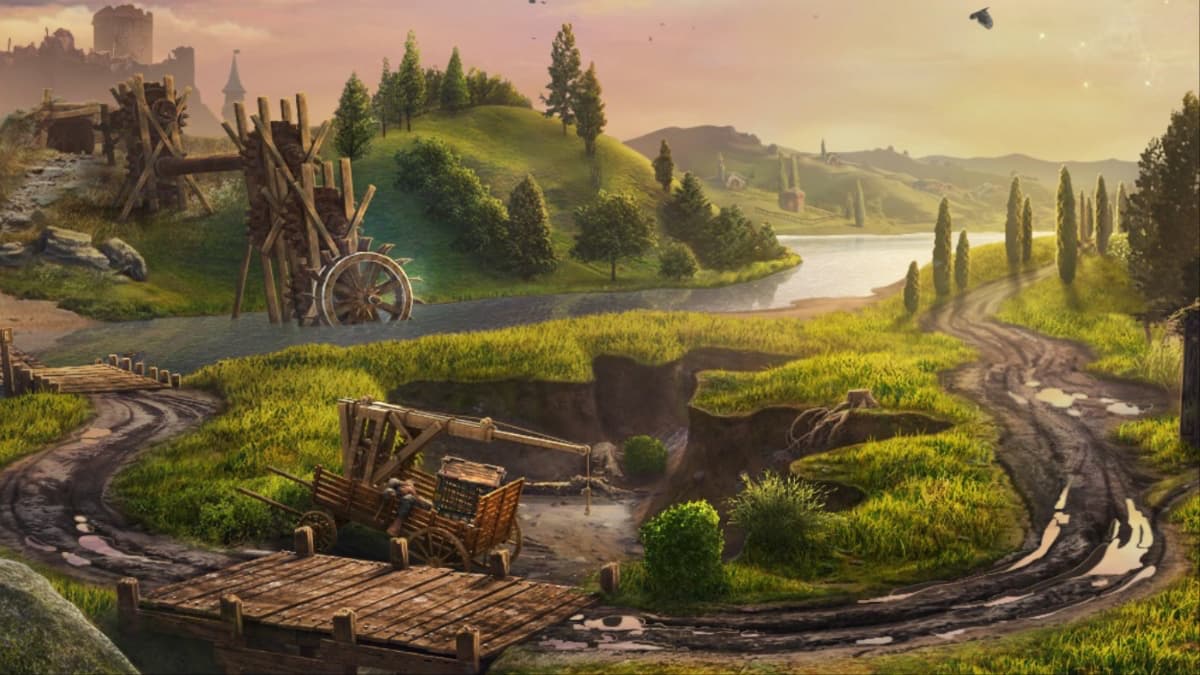
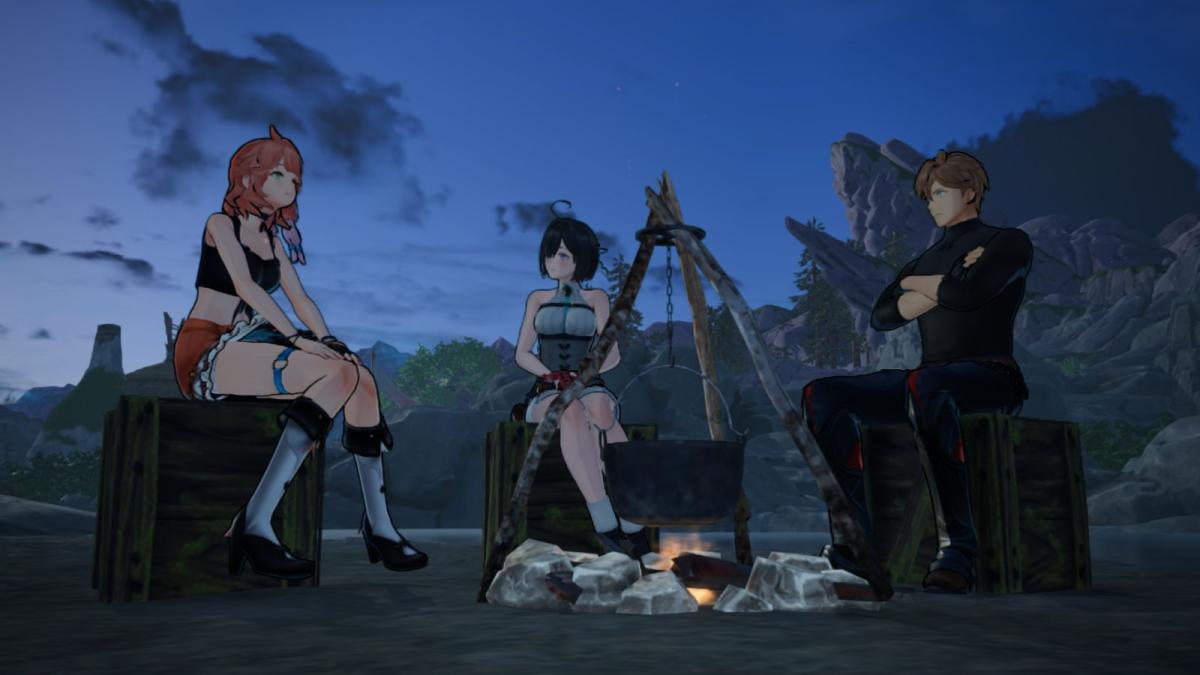
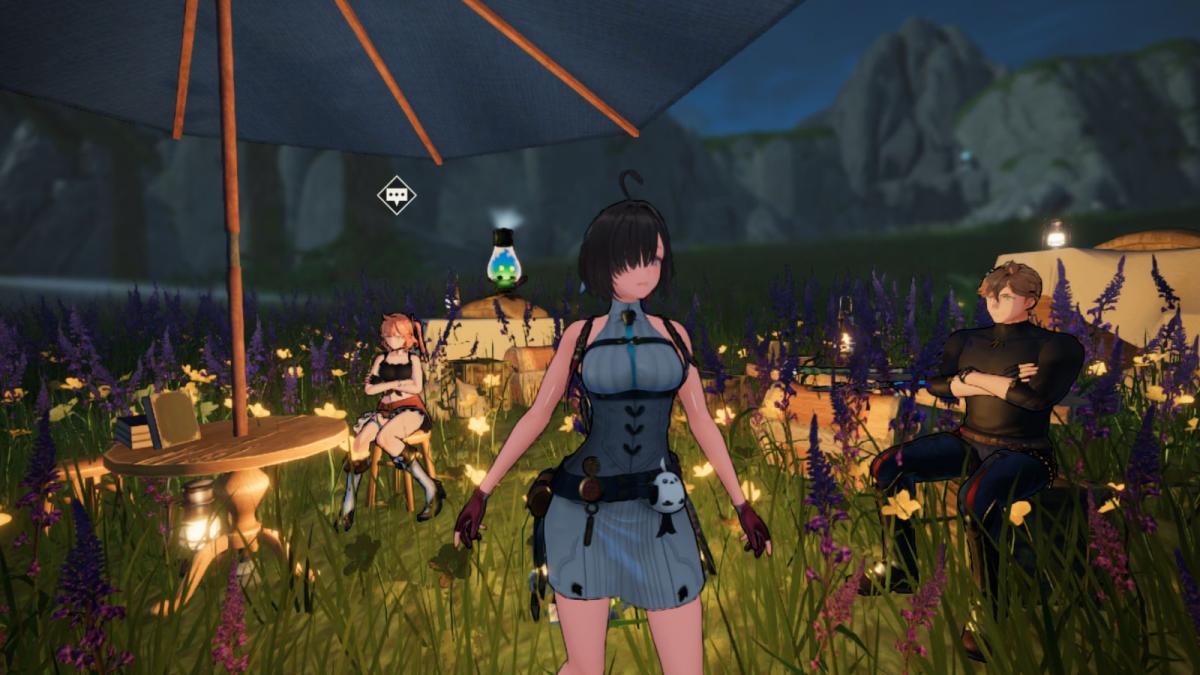

Published: Mar 2, 2016 01:28 pm